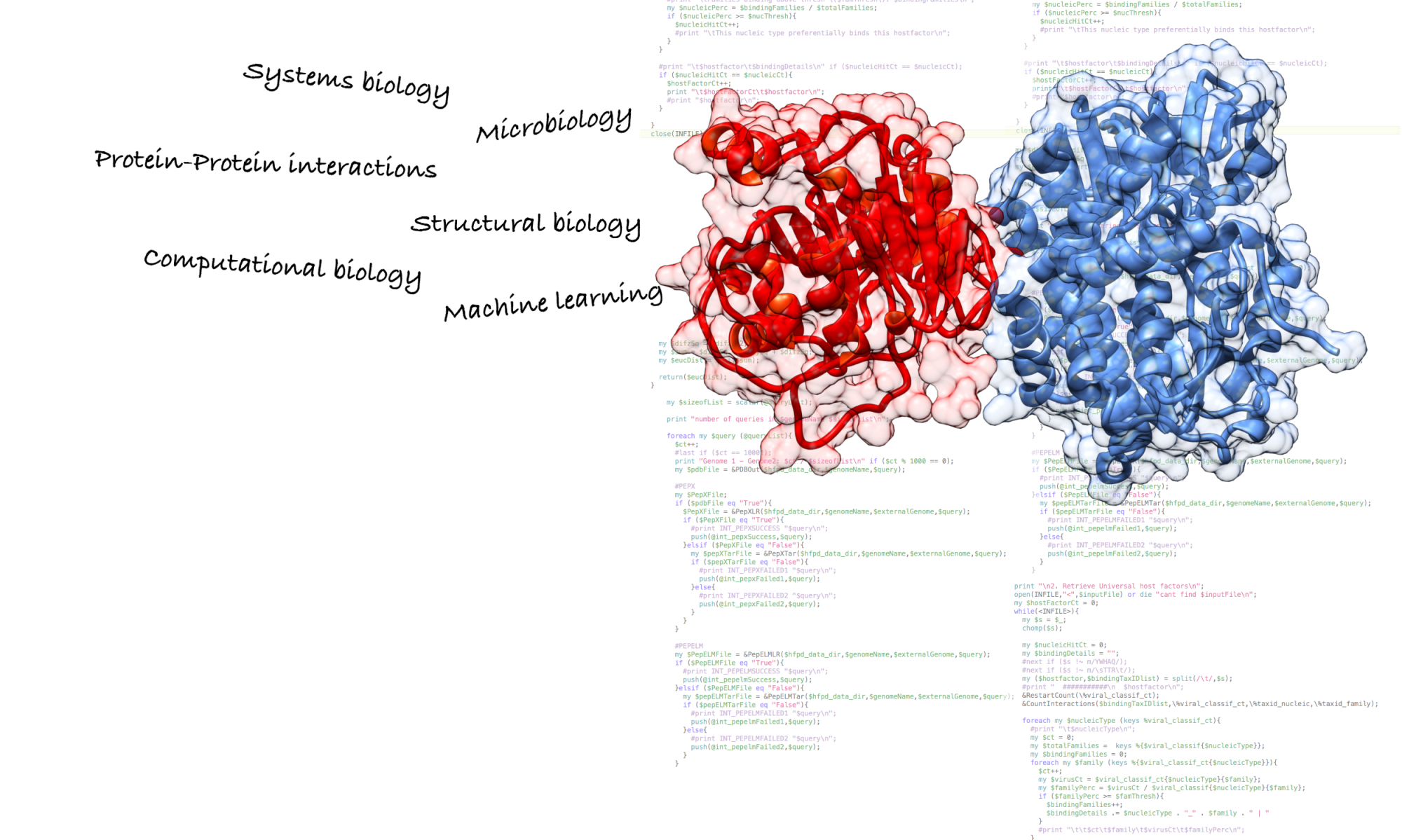Studies of molecular evolution at the protein structure level permit the identification of fundamental mechanisms that shape protein function in its broadest definition (catalyzed chemical reaction, interacting partners, and cellular localization). To be functional, most proteins assemble into macromolecular complexes following an ordered sequence of events. In this paper, Marsh and colleagues describe, for the first time, the intimate relationship between pathways of protein assembly, quaternary structure, and gene fusion in heteromeric complexes. This research shows a new perspective on gene fusion that will permit a better interpretation of fusion-based predictions. Moreover, the authors provide fundamental evidence to be considered in any future attempt of protein engineering based on gene fusion strategies.
Ready, set…. action: The last crusade of Cryo-electron Microscopy
This paper describes a method that corrects the beam induced motion (BIM) and stage drift that occurs during beam exposure in cryo-electron microscopy.
Exposure of a sample to the electron beam causes the ice-embedded particles to rotate by up to a few degrees and shift by up to a few nanometers during the image acquisition process {1}. BIM, together with the stage drift, leads to image blurring and degrading of the signal and consequently limits the maximum resolution achievable by an electron microscope.
The introduction of direct electron detectors has permitted the authors to record 16-frame movies of ice-embedded particles. Averaging of four-frame subsets and aligning images of individual particles against a reference reconstruction was carried out in order to track motion during exposure. The particle coordinates and Euler angles in each frame were derived based on those calculated for the four-frame averages. Motion compensation in each frame was found to reduce the required dataset by 10-fold and still reach similar resolutions to that obtained with conventional single-particle reconstruction.
Monitoring gene evolution in the lab
Evolution, particularly in eukaryotes, requires the modification of genes that already exist. The ‘duplication-divergence’ model states that new genes evolve from a redundant copy of a duplicated parental gene. The copied gene is then presumed to be excluded from selection and hence prompted towards mutations that might confer a new function and an adaptive advantage. However, recent research has shown that tandem duplications are unstable and unlikely to remain long enough to acquire mutations {1,2}.
In this paper, Näsvall and colleagues describe the innovation-amplification-divergence (IAD) model. According to this model, the parental gene of function ‘A’ first innovates by acquiring a second minor function, ‘B’. Selective pressure then favours the amplification of this gene, leading to two or more copies of the parental gene and an increased activity of ‘A’ and ‘B’. In the last stage, the copied genes are subjected to mutations that can tune their function. Eventually, the evolved genes will either be specialized in one particular function or capable of carrying out both functions at a moderately increased rate.
Elegantly, Näsvall and colleagues have studied the evolution of the histidine biosynthetic enzyme (HisA) in real time to test their model. A spontaneous hisA mutant was selected in a Salmonella enterica strain lacking an enzyme that catalyzes tryptophan synthesis (TrpF) on a medium without histidine and tryptophan. The selected hisA mutant was found to develop a low level of TrpF activity. A plasmid containing the bi-functional mutant hisA was then introduced in a HisA-/TrpF- S. enterica strain and the bacteria was grown on a medium without both histidine and tryptophan. Within a few hundred generations, the plasmid region of interest was found to be amplified; thus, increasing the expression of the bi-functional gene and the bacterial growth rate. After 3000 generations, the authors observed divergent copies of the bi-functional HisA gene. In most of the cases, divergent copies specialized to catalyze one particular reaction at a higher rate (ending up with two copies, each specialized to carry out one particular reaction). Alternatively, improved gene copies capable of catalyzing both reactions at a moderately higher rate were also found.
